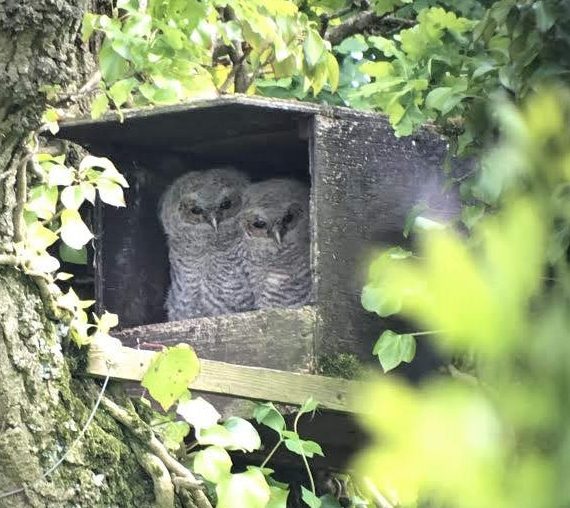You can view this information in two different ways. Our alphabetical list provides information on the status of each species within the harbour, finder dates and names, photos and favoured locations. By clicking on the Systematic List button you will be presented the full Poole Harbour systematic list which includes status of species, pending records and historical accounts.
To date, 333 species have occurred and have been accepted within the Birds of Poole Harbour boundaries. A further 11 distinct subspecies have also been seen. In addition, we have two species/subspecies which have been recorded, but are awaiting acceptance by the appropriate records panel.
There are a handful of historical records, for which there is currently insufficient information to allow their inclusion onto the Poole Harbour list, but are believed to be genuine records. They are listed at the end of the list.
Finally, there are a number of feral or escaped species that have been recorded within the Birds of Poole Harbour boundaries. They are included for completeness, but are not included on the Poole Harbour list.
We would be interested in hearing details of any species that do not appeared on this list.
The Birds of Poole Harbour systematic list is a PDF which you can view by clicking on the button below. It was last updated on December 2019.
Full Poole Harbour Systematic List
Strix aluco
Resident
Found throughout the harbour, recent breeding sites include Lytchett Bay, Arne, Upton CP, Upton Heath, Lytchett Minster, Stoborough, Studland and Brownsea, but this only paints a tiny picture of their true numbers around the harbour. Most calling activity begins in September and builds through the autumn and early winter. Young can frequently be heard calling from various woodlands through June and July.

© 2025 Birds of Poole Harbour Registered Charity No. 1152615